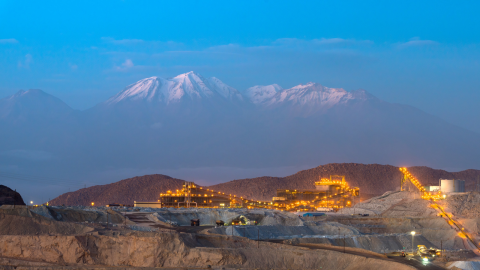
Mauritania intends to conditionally reduce its greenhouse gas (GHG) emissions by at least 92% by 2030. In 2020, the country adopted a national strategy to transform its energy sector and aims to increase the share of renewables in its energy mix to 60% by 2030, in line with its nationally determined contributions (NDCs) under the Paris Agreement.
To this end, the country plans to produce and export green hydrogen as well as gas from the offshore Grand Tortue Ahmeyim (GTA) project, which is expected to commence production in 2023. Mauritania is set to become a world-class liquefied natural gas (LNG) hub and intends to increase domestic consumption of gas to achieve its net zero emissions goal. It has strong potential to develop solar, wind and hydraulic energy, and is also a leading producer of critical minerals such as zinc, titanium, iron ore, copper and phosphates. To support its national priorities, data and multi-stakeholder dialogue will be key to inform sustainable transition pathways and monitor climate commitments.
Data reported through the EITI can serve as an entry point to inform debate and policymaking related to Mauritania’s climate targets and the expansion of its critical mineral mining. EITI data-driven forecasting can help stakeholders assess the economic implications of the energy transition and provide evidence for policymakers to manage risks and leverage opportunities.
Related content





